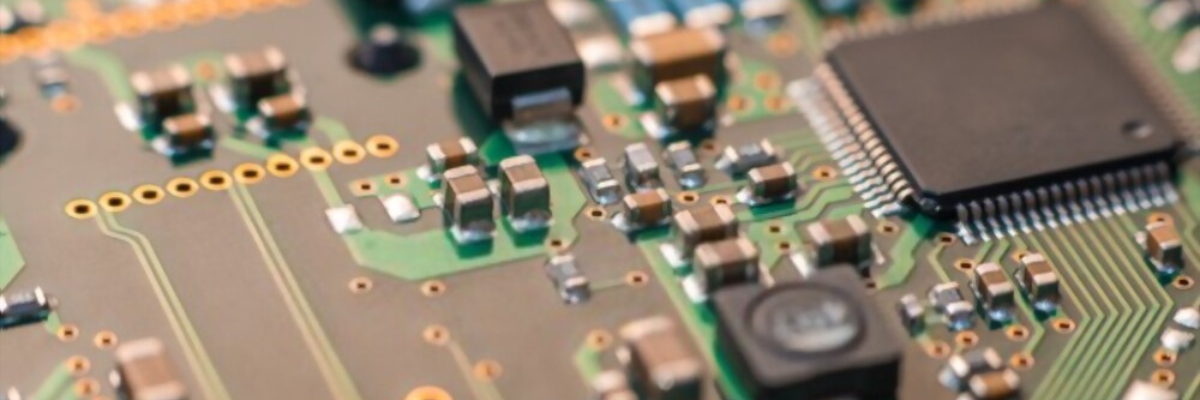Know the Types of Plating Methods for Printed Circuit Boards Manufacturing

Know the Types of Plating Methods for Printed Circuit Boards Manufacturing
PCBs are an integral part of many electrical, electromechanical, electronic parts and devices. These boards are really the backbone of these devices in terms of their functioning, and hence they need to be manufactured to perfection. This also includes their materials, number of layers, metal coatings mostly of copper, component mounting and circuitry. Circuit boards are coated with a metal layer trough an electrochemical process which allows uniform coating on the board surface. Else, it can be done through the thru-hole metal plating, too. The thru-hole metal plating facilitates copper connectivity from one layer to another. The surface coating increases the PCB board thickness. There are various plating methods by which PCBs are coated with mostly copper layers. This post discusses the same.
Types of Metal Plating Methods for Circuit Boards
Plating of circuit boards offers many benefits such as it prevents the oxidation of boards and ensures their long operational life. Selecting the right method is crucial and must be decided after discussing with your PCB manufacturers. There are four main types of methods widely used to do this task. They are as discussed below:
-
Thru-hole plating: Thru-hole is a widely used process for drilling holes on the board. The drilling process is done through the copper plating and substrate on the board generates heat. The heat melts the surrounding material around the holes, and this affects the mounting of components’ adhesion to the surface of the board. So, thru-hole plating is required, which is basically an adhesive conductor coating applied on the inside portions of the vias. This coating is a single layer which is cured thermally and electroplated.
-
Finger plating: This method is typically used in case you want to plate the board with metals such as gold and nickel. It is also called protruding partial plating, wherein the initial tin coating is removed and rinsed in water. Gold and nickel are used for applications wherein the abrasion resistance must be high. So, while rinsing the board is scrubbed and immersed in sulfuric acid for activation. After this the actual metal plating is done, first on the protruding contact head. This is followed by removing water and minerals. After this, gold plating is done, and is cleaned and dried.
-
Brush plating: This technique is used in applications where only a selected area needs to be plated. This is widely used for repairing damaged boards as well as boards plated with gold and other rare metals. Often graphite is wrapped in an absorbent material which helps the plating metal reach the specified portions on the board.
-
Reel linkage selective plating: This plating technique is used for ICs, connectors, and transistors. Here, a metal plate portion is selected for plating. Before the plating is done, the metal foil ends are reduced in thickness and hence flattened. Then, it is cleaned and coated with a film.
The thickness of metal plating is varied and really depends upon the application requirements. When partnering with a PCB manufacturer, discuss the types of plating and thicknesses they offer vis-à-vis what best suits your application. Twisted Traces is one of the known and reliable PCB manufacturing and assembly services providers. The company works with metals like copper, nickel, hard gold, immersion silver and gold among for PCB plating.

